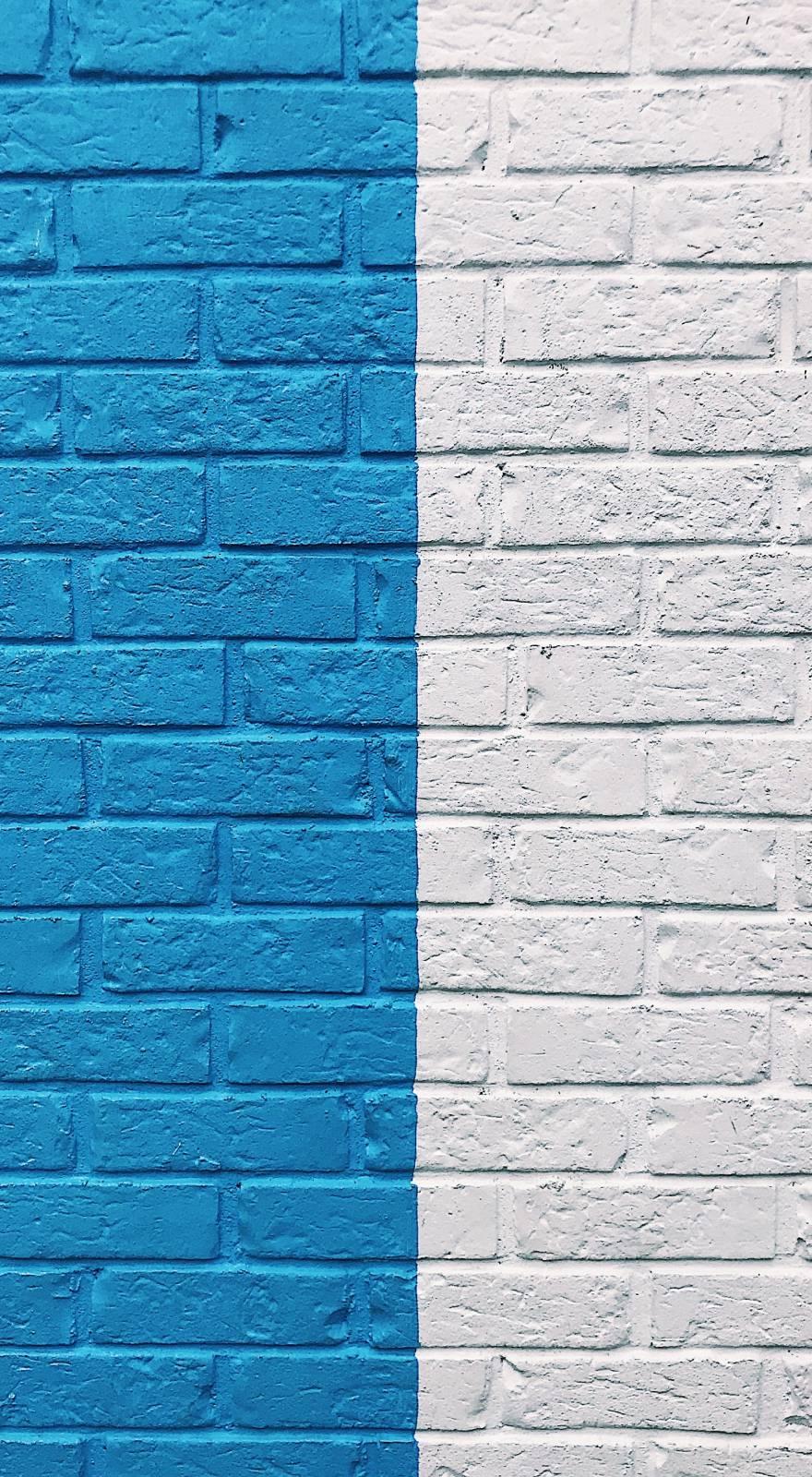Knowde Enhanced TDS
Identification & Functionality
- Chemical Family
- Product Type
- Technologies
- Product Families
Features & Benefits
- Labeling Claims
- Ready-to-Use Product Features
Applications & Uses
- Applications
- Application Area
- Compatible Substrates & Surfaces
- Surface Preparation Instructions
This primer can be applied directly to metal that has been prepared according to a recognized cleaning method such as Federal Test Method Standard, #141 and Method 2013. It is recommended that all parts be pretreated with PTI’s Acid Etching Wash Primer, PT-402 which meets MIL-C-8514. However, parts can also be pretreated with chemical conversion coating materials or alodine.
- Scuff the surface with scotch bright pads.
- Dust off the surface with an air hose and wand.
- Wipe of the substrate with IPA, Acetone or PTC-2002 to remove grime and oils
- Remove all remaining dust and debris by lightly wiping the substrate with a tack or “cheese” cloth
- For additional protection apply PTI’s Acid Etch Primer prior to the Epoxy Primer.
- Mixing Instructions
Shake component A in a paint shaker for 5 – 10 minutes for optimal results.
Admix by volume:- Add 1part by volume of Component “A” to 1part by volume of Component “B” and stir thoroughly. Stir each well before mixing. Allow to stand one (1) hour at room temperature before using. Reduce with exempt solvent(s) if required (see use of solvent above).
- Mix only an amount that can be used in 4-8 hour time period.
Add the Catalyst into the Base.
Admixed material should be allowed a 45-minute induction time for best application results.Reduce: Use reducer PTI-1003 TYII, PT-1002 or Acetone to thin the material.
- Application
This product can be applied using brush, roller, conventional air spray equipment or HVLP spray system. Please consult with a PTI representative for specific equipment recommendations and settings.
- Make sure pots, guns, and lines are purged and cleaned.
- Mix both base and catalyst thoroughly and filter/strain before spray application. NOTE: It is not recommended to strain flat/matte coatings.
- HVLP spray equipment pressure: 7-10psi. Conventional spray equipment 15-25psi
- Always air-blow and tack wipe the surfaces to be painted. Aircraft should be grounded to prevent static.
- Best application results: apply 2 coats: 1 fog/tack coat & 1 full coats from 0.6 – 0.9 mil thickness.
- Do not allow more than 24 hours to pass before applying the second coat.
- Recommended Dry Film Thickness is 0.6-0.9 mils.
NOTE: Application of PTI products requires the use of all OSHA approved safety equipment, including proper ventilation. Additionally, PTI products require the recommended temperature/humidity conditions and film thickness ranges for optimal performance. The material, hangar, and aircraft skin temperatures should be no lower than 75°F / 25°C before, during and after application.
- Drying and Curing Schedule
Dry times are based on the dry film thickness between 0.6 - 0.9 mils (25-50 microns).
Air Dry: Allow applied coating to dry for at least 1 hour before applying a top coat.
Force Cure: When force curing this primer do not let temperatures exceed 280°F for more than 2 hours
Always bring the coating to the “tack free” stage before top coating.- Equipment Cleaning
Use clean PT-1003 Type II, PT-1002 or Acetone. Do not allow material to dry or cure inside any equipment.
- Recommended Reducers
PT-1003 TYII, PT-1002 & ACETONE
Properties
- Typical Properties
| Value | Units | Test Method / Conditions | |
| Admixed Viscosity (max #4 Ford) | 14.0 | seconds | — |
| Admixed Weight per Gallon | 11.5 | lbs. | — |
| Coatings VOC | max. 340 | g/L | — |
| Humidity (Filiform) | min. 1000 | hours | — |
| Mix Ratio by Volume | 1 part Paint (Comp A) to 1 part Catalyst (Comp B) | — | — |
| Pot Life | 8 - 12 | hours | — |
| Recommended Dry Film Thickness | 0.6 - 0.9 | mil | — |
| Salt Spray | min. 1000 | Hours | ASTM B117 |
| Theoretical Coverage | 800.0 | sq. ft./gallon | — |
| Weight Component “A” | approx. 13 | lbs per gallon | — |
| Weight Component “B” | approx. 10 | lbs per gallon | — |
Regulatory & Compliance
- Specifications
- MIL-P-23377E TY I/II, CL.2/CL.3
- BMS 10-11Y TY. I GR. B
- NAI 1269
Technical Details & Test Data
- Chemical Resistance
- Lubricating Oil 24 hour immersion at 250°F - No Defects
- Hydraulic Fluid 24 hour immersion at 150°F - No Defects
- Methyl Ethyl Ketone-Soaked Cloth 100+ rubs - Passes
- DS2 (1,5-Dichloropetane) - Passes
- Full Chemical Resistance after 7 Days
Storage & Handling
- Shelf Life
Shelf life is only applicable for materials stored in unopened and undamaged original factory filled containers. 1 year when stored between 50°-85° Fahrenheit.







